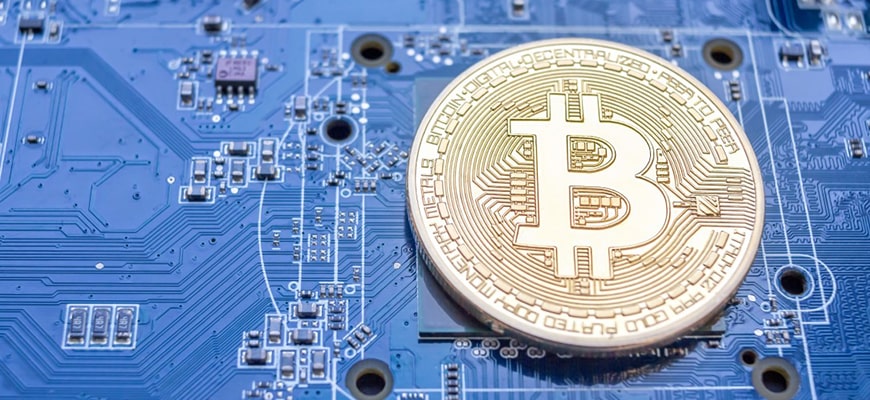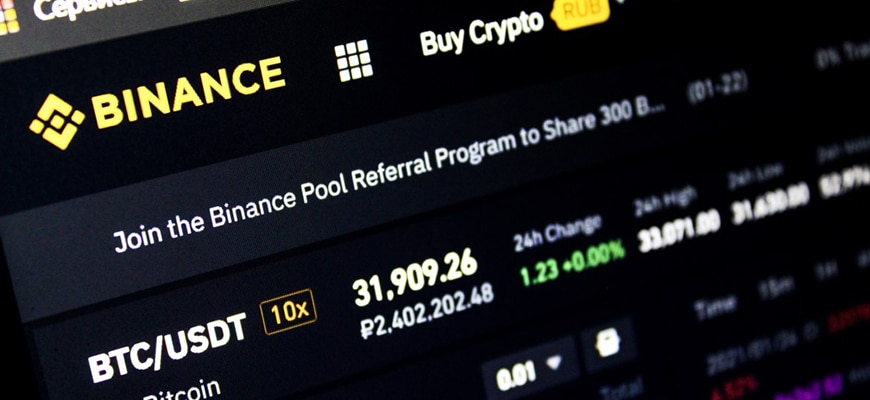Cash is the most liquid form of money: physical coins and banknotes.
What is cash?
In the ordinary sense of the word, cash is a physical form of currency: coins and banknotes that can be carried around and used to pay for goods and services immediately.
Historically, gold and silver coins have long been an almost exclusive means of payment around the world: the scarcity of precious metals ensured their value, and their homogeneity allowed for easy accounting.
The emergence of paper money, which began in the seventh century AD, contributed to the gradual separation of the value of cash from the value of the material from which it was made, and the eventual emergence of fiat currencies such as the US dollar and the euro. These currencies are set as money by the government and have no intrinsic value.








